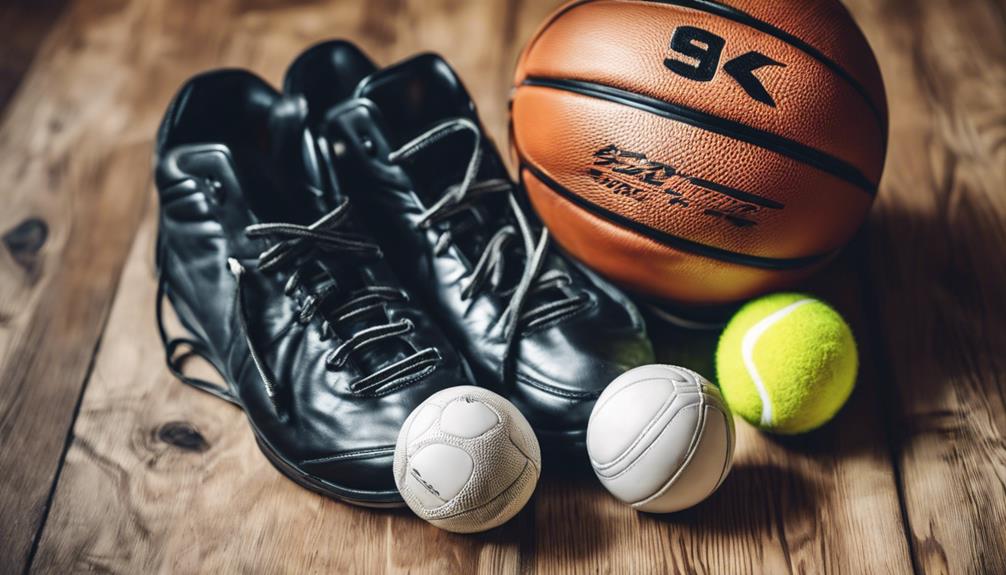Varicose veins are a common condition characterized by enlarged, twisted veins that often appear blue or dark purple. They can be aesthetically displeasing and may also lead to discomfort and other health complications. While many individuals seek medical treatments to alleviate symptoms, an often-overlooked solution is regular exercise. This article delves into the relationship between exercise and varicose veins, exploring how physical activity can support circulatory health and potentially alleviate symptoms associated with this condition.
Understanding Varicose Veins: Causes and Symptoms
Varicose veins occur when the valves in the veins fail to function properly, leading to pooling of blood and increased venous pressure. Several factors contribute to the development of varicose veins, including genetics, hormonal changes, prolonged standing, obesity, and age. Symptoms can vary widely from person to person but commonly include restless legs, swelling, aching, cramping, and a heavy feeling in the affected limbs. In severe cases, complications such as ulcers or blood clots may arise, necessitating medical intervention.what is the best exercise equipment for bad knees
Aside from the physical symptoms, varicose veins can also carry emotional and psychological impacts. Individuals may feel self-conscious about their appearance, leading to decreased self-esteem and reluctance to engage in certain activities. Understanding the underlying causes and symptoms is crucial for those seeking effective management strategies, including the role of exercise in promoting better circulatory health.
The Role of Exercise in Circulatory Health
Exercise plays a pivotal role in enhancing circulatory health by promoting blood flow and reducing venous pressure. Physical activity helps strengthen the muscles, particularly in the legs, which in turn aids in pumping blood back to the heart. This improved circulation can alleviate the stagnant blood that often contributes to the formation and exacerbation of varicose veins. Furthermore, exercise helps to maintain a healthy weight, reducing the strain on the veins and minimizing the risk of developing new varicose veins.
Moreover, engaging in regular aerobic exercise, such as walking, swimming, or cycling, can stimulate the venous pumps in the legs. This natural mechanism assists in pushing blood upward, counteracting the effects of gravity. As a result, individuals may experience reduced symptoms and improvements in overall vascular function, making exercise a beneficial element in the management of varicose veins.
How Exercise Can Alleviate Varicose Vein Symptoms
One of the most immediate benefits of exercise for individuals with varicose veins is the reduction of discomfort and pain. Activities that promote leg movement can help reduce swelling and the sensation of heaviness commonly associated with this condition. Additionally, exercise can increase endorphin levels, which act as natural pain relievers, further alleviating discomfort. The rhythmic movement of muscles during physical activity can also improve the overall function of the venous valves, helping to mitigate the factors that contribute to varicose vein development.
Another significant advantage of exercising is its impact on overall health and well-being. Regular physical activity can enhance emotional health, decrease stress levels, and improve sleep quality—all of which are beneficial for individuals coping with chronic conditions like varicose veins. By fostering a healthier lifestyle, exercise can empower individuals to take an active role in managing their symptoms and improving their quality of life.
Recommended Exercises for Managing Varicose Veins
Specific exercises can be particularly beneficial for managing varicose veins. Low-impact activities, such as walking, swimming, and cycling, are ideal as they promote circulation without placing excessive strain on the veins. Leg elevation exercises, where individuals lie down and elevate their legs, can also help reduce swelling and improve blood flow. Additionally, calf muscle stretching and strengthening exercises, like toe raises and ankle pumps, can enhance venous return and further support the vascular system.
Yoga and Pilates are also excellent options for those looking to incorporate exercise into their routine. These practices focus on flexibility and strength while promoting relaxation and reducing stress. Certain poses can assist in improving circulation to the lower extremities and alleviate symptoms of varicose veins. It’s always advisable to consult with a healthcare professional before starting a new exercise program, ensuring that the chosen activities are appropriate for the individual’s specific condition.
Precautions to Take When Exercising with Varicose Veins
While exercise can be beneficial for those with varicose veins, it is crucial to approach physical activity with caution. High-impact exercises or activities that involve prolonged standing or heavy lifting should generally be avoided, as they can exacerbate symptoms. It’s important for individuals to listen to their bodies and stop exercising if they experience pain, swelling, or discomfort. Wearing compression stockings during exercise can also provide additional support and improve blood flow in the legs.
Before starting any new exercise regimen, it is advisable to consult with a healthcare professional, particularly for those with severe varicose veins or existing medical conditions. A tailored exercise program can help mitigate risks and ensure that individuals engage in activities that promote their health without worsening their condition.
The Impact of Weight Management on Varicose Veins
Weight management is a critical factor in controlling varicose veins. Excess weight can place additional pressure on the veins, contributing to the development and worsening of varicose veins. Maintaining a healthy weight through a combination of diet and exercise can significantly reduce this strain, improving overall venous health. Even a modest amount of weight loss can lead to improvements in symptoms and a decreased likelihood of developing further varicosities.
Moreover, a balanced diet rich in fiber, antioxidants, and hydration can complement exercise efforts. Foods that promote vascular health, such as fruits, vegetables, whole grains, and lean proteins, can enhance the benefits of physical activity. By focusing on both weight management and exercise, individuals can create a comprehensive approach to managing varicose veins and improving their quality of life.
Expert Opinions: Doctors Weigh in on Exercise Benefits
Many healthcare professionals advocate for exercise as a part of a comprehensive approach to managing varicose veins. Vascular specialists often highlight the importance of maintaining an active lifestyle to promote circulation and prevent the progression of venous disease. Doctors frequently recommend low-impact exercises for their ability to enhance venous return without exacerbating symptoms. They emphasize that exercise should be tailored to the individual’s capabilities and condition, ensuring safety and effectiveness.
In addition to immediate symptom relief, experts also point out the long-term benefits of regular exercise. Engaging in a consistent fitness routine can lead to improved vascular health over time, potentially preventing the emergence of new varicose veins. This holistic perspective underscores the value of exercise as a proactive strategy for individuals concerned about varicose veins and their associated symptoms.
In conclusion, exercise can indeed serve as a viable solution for managing varicose veins. Through its ability to enhance circulation, alleviate symptoms, and support weight management, regular physical activity offers a multifaceted approach to this common condition. While exercise alone may not eliminate varicose veins, it can significantly improve overall health and well-being, making it an essential component of a comprehensive management plan. Individuals are encouraged to consult with healthcare professionals to develop safe and effective exercise routines tailored to their unique needs.


